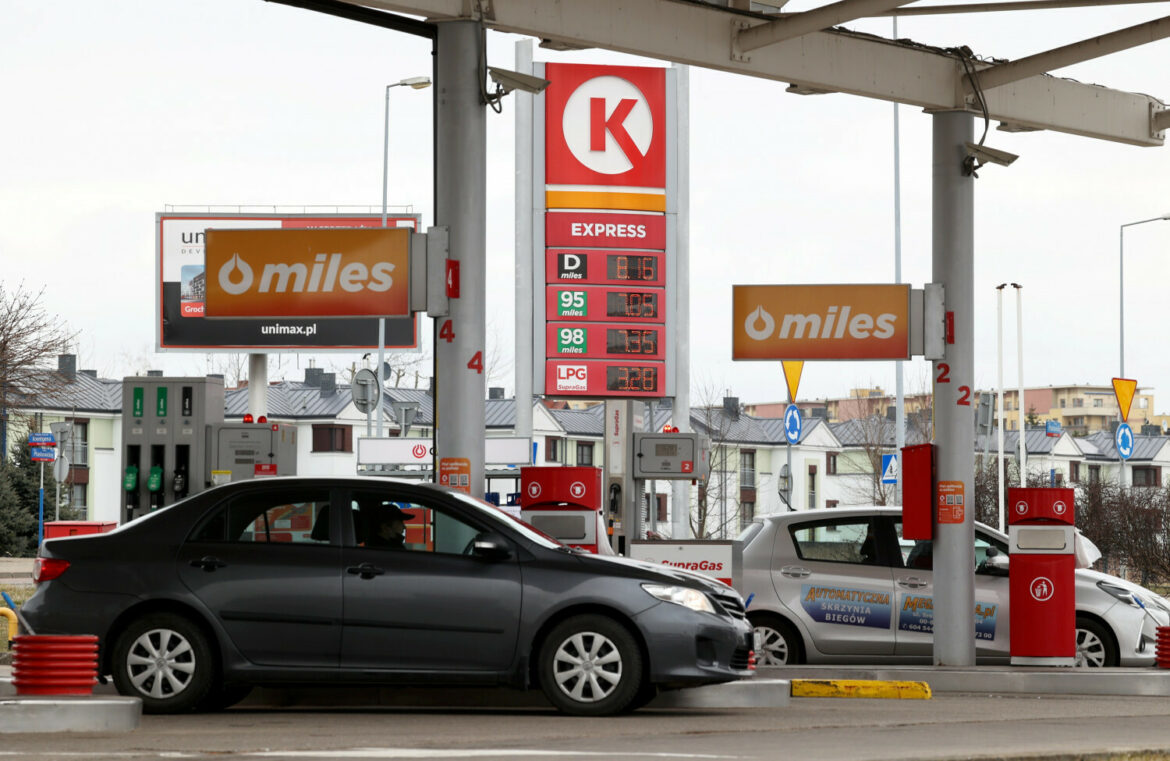Since Russia’s attack on Ukraine, fuel prices in Europe have risen sharply. According to the list presented in the European Commission’s bulletin, Poland is the leader in increasing fuel costs in the EU. The price of gasoline today is over 22 % higher than before the war. Such a large increase was not recorded in any of the monitored countries. In the Czech Republic, which came second in this ranking, the price of gasoline increased by almost 18%.
The outbreak of the war in Ukraine caused major turmoil in fuel markets around the world. The price of a barrel of crude oil rose sharply, and the Brent crude oil even reached the level of $ 130. Only the information about the release of strategic oil reserves by the United States and the countries associated with the International Energy Agency calmed the situation. Current fuel prices have dropped slightly compared to the first shock, today a barrel of Brent crude oil is around $ 102.
However, the price shock did not hit all European fuel consumers with equal force, which is best shown in the price comparison in the bulletin containing an overview of the fuel market in individual European countries. The newsletter compares the prices from the first week of April with the values from before Russia’s attack on Ukraine.
The survey shows that in some countries fuel prices have either remained unchanged or have increased slightly, or even in the case of Italian petrol prices, they have even been slightly decreased. In most cases, this is the result of administrative actions. Spain and France introduced discounts on retail prices on April 1, which can be as high as 15%.
Data on fuel prices was also recently presented by the Polish Oil Industry and Trade Organization (POPiHN). According to its information, the selling price of Eurosuper 95 gasoline in Poland was EUR 1,433.7 per 1,000 liters; lower prices were recorded in Hungary (EUR 1,282.6), Malta (EUR 1,426) and Cyprus (EUR 1,426.4). In the case of diesel oil, the price in Poland was EUR 1,646.3 per 1000 liters; the cheapest countries in the EU are Hungary (EUR 1,385.6), Bulgaria (EUR 1,496.2) and Slovenia (EUR 1,541).
The comparison presented by POPiHN does not show the whole picture, because it does not refer to the so-called the consumer’s purchasing power, so they do not confront nominal prices with wages.
Arkadiusz Słomczyński order





